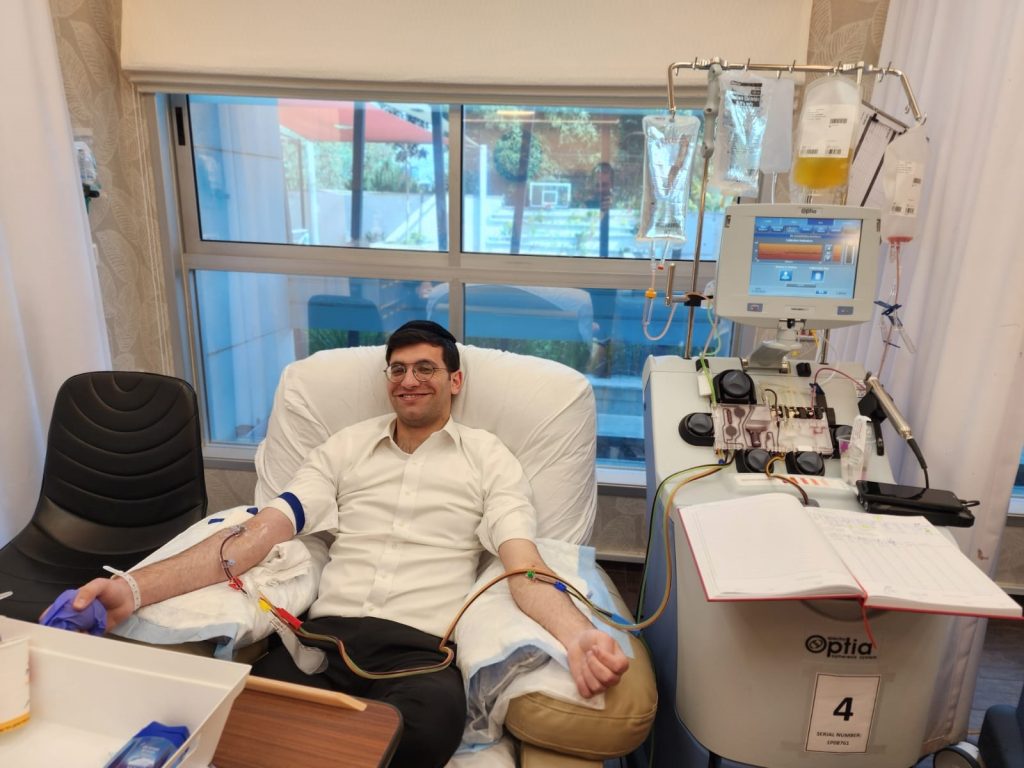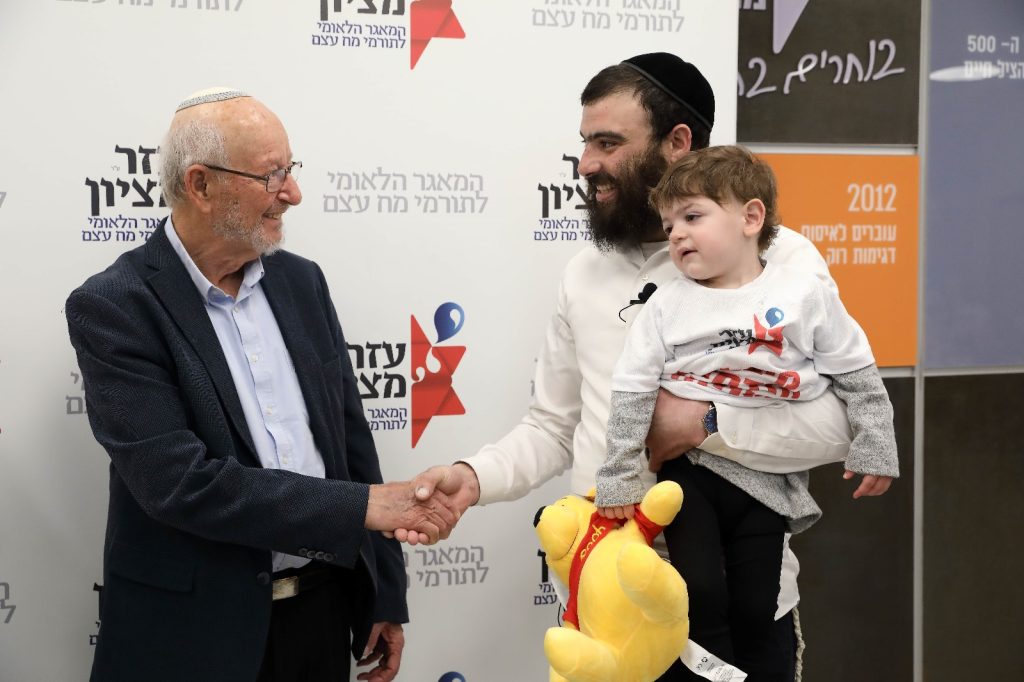She was two years old. Would she celebrate her third birthday? Or would the life of this tiny child be snuffed out even before she leaves babyhood? Leukemia was the assailant and Hodaya was its latest victim.

The medical staff had tried everything. There was only one last route to take: a bone marrow transplant. The hurdles were two-fold. No one in the family was a genetic match. A match would have to be found with some unknown stranger, some place in the world. “But how do we begin to look?” the bewildered parents cried. “It’s not your job,” came the reply. “You’re Jewish and genetics is based on ethnicity. Ezer Mizion is the largest Jewish registry worldwide with over a million registrants. We’ll check with them.”
As the Ezer Mizion computer churned out its DNA data, two names lit up. They were Nadav and Noam, two identical twins whose DNA testing had been funded by them Yaakov and Chaya Zerem Donor Pool. Further testing showed them both to be perfect ten out of ten matches. Ultimately, Nadav was chosen. And then came the next hurdle.
In recent years, the bone marrow transplant has become rare. Normally a stem cell transplant is used in its stead. Instead of stem cells being extracted from the donor’s bone marrow, a surgical procedure involving anesthesia, pain, recuperation time, the stem cells are extracted from the blood using specialized equipment. The blood is then returned to the donor minus the stem cells via the second arm. The donor is comfortably sitting in a recliner, perfectly relaxed, learning, talking to a friend, enjoying a fit-for-a-king lunch. After a several hour long session, he leaves the facility, ready to resume his routine the next day.

When a potential donor registers, he assumes it will be a stem cell donation he will be called for. Nadav was surprised to learn that, due to her young age, his patient will require a bone marrow transplant. Surprised but not daunted. Within seconds, he agreed. And from that moment, a little girl, whose name he didn’t even know, was front and center of his thoughts. Legally, no contact information can be given for at least a year and then, if both parties, agree, a personal meeting can take place. And so Nadav waited. Months passed. He was tense. Was she alive? Healthy? Or maybe…? Another month. And another. And then October 7th happened. And Nadav was called up as a reservist to destroy the regime that brutally massacred 1200 Jews in one day.
Still he didn’t forget her. His precious baby whose life he hoped he had saved. Destruction. Fear. Grief. More destruction. Finally it was over for Nadav. He was released from the IDF and wonderful news awaited him. ‘His’ baby was alive, well and her family was excited to meet him. Within moments he found himself at the toy store perusing the shelves in the teddy bear aisle for the sweetest, cutest bear he could find.

Hodaya’s father shaking hands with Yaakov Zerem , the generous philanthropist who funded the genetic testing of Nadav in addition to that of many others
It was not long after that the meeting took place. Nadav, his parents, Hodaya, her parents. All their tears of joy all mingling together in hugs and happiness, surrounding Hodaya clutching her new teddy bear, both whispering to each other in a language of their own.

